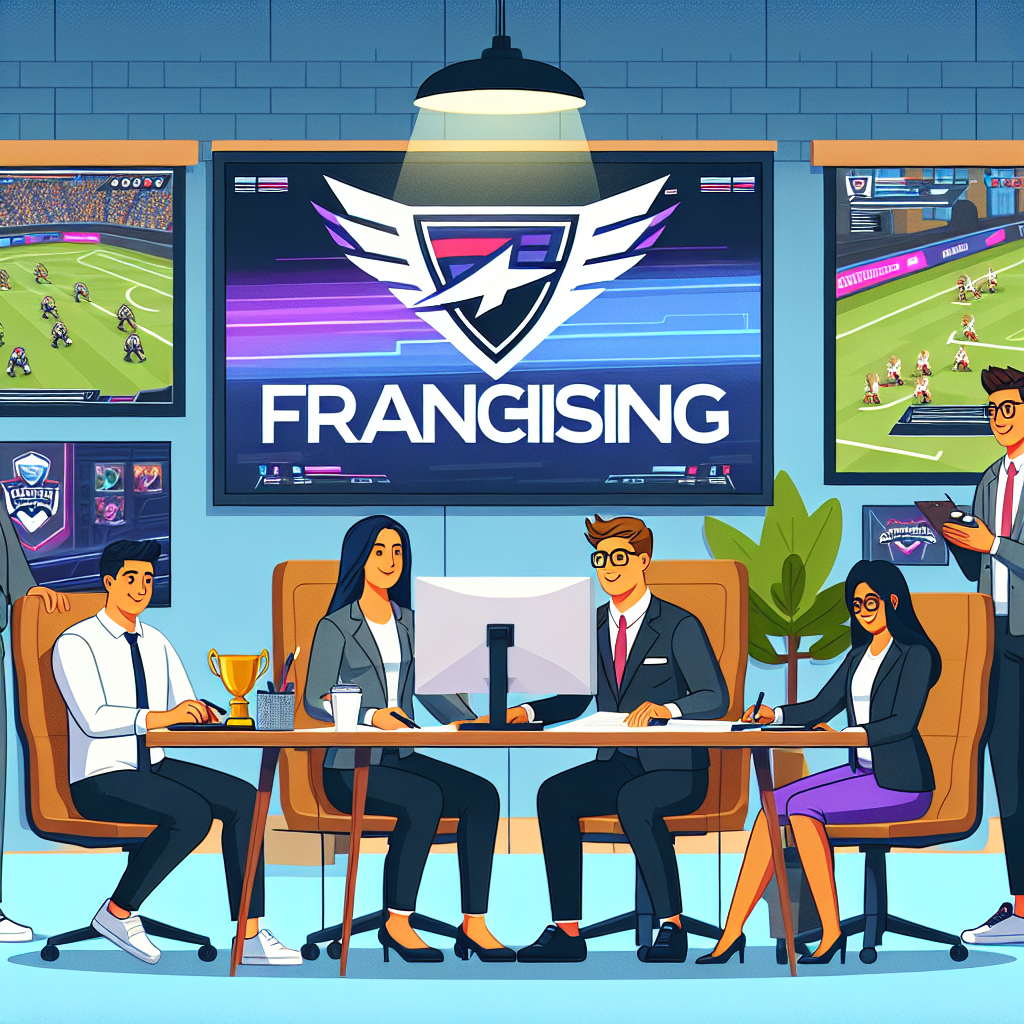
The LPL Franchise: A Deep Dive into the League of Legends Pro League

The League of Legends Pro League (LPL) is one of the most prestigious and competitive esports leagues globally, representing the pinnacle of professional League of Legends play in China. Since its inception, the LPL has grown exponentially, both in terms of viewership and the level of competition. This article explores the LPL franchise, its structure, its impact on the global esports scene, and what makes it a powerhouse in the world of competitive gaming.
Understanding the LPL Franchise Model
The LPL operates on a franchise model, which was introduced in 2018. This model marked a significant shift from the previous promotion and relegation system, aligning the LPL with other major sports leagues like the NBA and NFL. The franchise model offers stability for teams and players, encouraging long-term investments and development.
Key Features of the Franchise Model
- Permanent Slots: Teams purchase permanent slots in the league, eliminating the risk of relegation and allowing them to focus on growth and performance.
- Revenue Sharing: Teams share in the league’s revenue, including sponsorships, media rights, and merchandise sales, ensuring financial stability.
- Player Development: With a stable environment, teams can invest in player development, scouting, and training facilities.
The Rise of the LPL: A Historical Perspective
The LPL was established in 2013, and since then, it has become a dominant force in the world of esports. The league’s growth can be attributed to several factors, including China’s massive gaming market, strategic investments, and a strong fan base.
Milestones in LPL History
- 2013: The LPL is founded, featuring eight teams competing in a round-robin format.
- 2015: The league expands to 12 teams, reflecting the growing interest and investment in esports.
- 2018: The franchise model is introduced, marking a new era of stability and growth.
- 2019: FunPlus Phoenix wins the World Championship, showcasing the LPL’s competitive prowess on the global stage.
Impact of the LPL on Global Esports
The LPL’s influence extends beyond China, impacting the global esports landscape in several ways. Its success has set a benchmark for other leagues and has contributed to the overall growth of esports as a mainstream entertainment medium.
Setting Standards for Competitive Play
The LPL is renowned for its high level of competition, with teams consistently performing well in international tournaments. This has raised the bar for competitive play, pushing other regions to improve their standards.
Driving Innovation in Esports
The LPL has been at the forefront of innovation in esports, from broadcasting techniques to fan engagement strategies. The league’s use of augmented reality and virtual reality in broadcasts has enhanced the viewing experience, setting new standards for esports production.
Case Studies: Successful LPL Franchises
Several LPL franchises have achieved remarkable success, both on and off the field. These teams serve as case studies for understanding the dynamics of a successful esports franchise.
FunPlus Phoenix (FPX)
FunPlus Phoenix is a prime example of a successful LPL franchise. Founded in 2017, FPX quickly rose to prominence, winning the 2019 World Championship. Their success is attributed to strategic investments in player talent and a strong organizational structure.
Royal Never Give Up (RNG)
Royal Never Give Up is another powerhouse in the LPL. Known for their passionate fan base and consistent performance, RNG has won multiple domestic titles and made significant international appearances. Their focus on player development and fan engagement has been key to their success.
The Business of LPL: Economics and Sponsorships
The LPL is not just a competitive league; it’s a thriving business ecosystem. The league’s economic model is built on sponsorships, media rights, and merchandise sales, contributing to its financial success.
Sponsorship Deals
The LPL attracts major sponsors from various industries, including technology, automotive, and consumer goods. These sponsorships provide significant revenue streams for the league and its teams.
Media Rights and Broadcasting
The LPL’s broadcasting rights are highly sought after, with platforms like Bilibili and Huya securing deals to stream matches. This not only generates revenue but also expands the league’s reach to a global audience.
Challenges and Future Prospects
Despite its success, the LPL faces challenges that could impact its future growth. These include maintaining competitive balance, addressing player burnout, and navigating regulatory changes in China.
Maintaining Competitive Balance
As the league grows, ensuring competitive balance becomes crucial. The LPL must continue to foster an environment where all teams have the opportunity to succeed.
Addressing Player Burnout
With a demanding schedule and high expectations, player burnout is a significant concern. The LPL and its teams must prioritize player well-being to sustain long-term success.
Conclusion: The LPL’s Legacy and Future
The LPL franchise has established itself as a leader in the esports industry, setting standards for competition, innovation, and business success. Its impact on the global esports scene is undeniable, and its future prospects remain bright. As the league continues to evolve, it will undoubtedly face challenges, but its strong foundation and commitment to excellence position it well for continued success.
In summary, the LPL franchise is a testament to the potential of esports as a mainstream entertainment medium. Its growth and success serve as an inspiration for other leagues and organizations worldwide, highlighting the power of strategic investments, innovation, and a passionate fan base.



